I was born in the Polish city of Lwów on September 9, 1921. After high school, I enrolled in the School of Chemistry of Politechnika Lwowska (PL, or Lwów Polytechnic, or Lwów Institute of Technology) just before the WWII, but by the time my classes got underway, WWII has started and the Stalin’s Soviet Army did occupy Lwów. In 1939-41, Stalin was the admirer and ally of Hitler. Together they partitioned Poland in 1939, and Stalin was supplying Germany with strategic materials and food up to June 1941. During the Soviet (1939-1941) occupation,Stalin has annexed Lwów, murdered over 20 000 Polish officers (Katyn massacre), deported about 20 % of Lwowians to Siberia, but the PL remained active. During the Nazi occupation (1941-44), Lwów was added back to the occupied Poland (so called General Gouvernement), 25 Polish Professors were murdered by Nazis but again the PL somehow remained active (with exception of the school year 1941/42), while being renamed as “Technische Fachkurse”. During both occupations practically all the science and technology classes were taught in Polish language by Polish pre-WWII professors and assistants, with nearly pre-WWII programs. Thus, I was able to pass all courses toward the Ch.E. degree and to obtain a semiformal Diploma on March 29, 1944 (followed by my No.12 formal Polish Diploma from the Politechnika Slaska in Gliwice). While studying, I also worked in Weigl’s Institute , where I was breeding lice for the antityphus vaccine, and in-between I was participating in the anti-Soviet and the anti-Nazi Underground. Lwów was my home town with 650 years of Polish history, until the infamous ethnic cleansing of the Polish population in the years 1944-1947, as perpetrated by Stalin. This was done under the Yalta and Potsdam agreements, when the USA and England have abandoned their faithful Polish WWII Ally in favor of the imperial ambitions of Stalin, though at that time USA had already the atomic bomb and could have easily ‘persuaded’ Stalin, who as dictator was often more efficient and cruel than Hitler.
To escape the Soviet-sponsored arrests, murders and deportations to Gulags after the 1944 re-occupation of Lwów, I moved from to the central Poland, and then in April of 1945, I hitchhiked to the deserted Gdansk, just a week after it fell to the advancing armies. All that I had was a knapsack with a big loaf of bread, which had to last for a long time, since Gdansk was still burning and there were only few people and no stores or supplies. A fledgling Administration became organized in Sopot, and I was able to secure a position in the Administration of Gdansk Region (Urząd Wojewodzki), in charge of the Food Industry. This allowed me to secure some housing in Sopot (at Goyki Street 10a) and food rations for me and my Family who progressively joined me during the following several weeks. My duties included identification of abandoned food-processing plants in the rather large Gdansk and Pomeranian region, secure them, and find personnel to rebuild and manage them. It was a challenging and dangerous job, as is usual after any war (like it was in American Wild West and is even now in 2003 in Afghanistan and Iraq), especially in the temporarily semi-abandoned post-German “Wild West”. Fortunately, I was assisted by , my younger brother, Stanislaw who moreover, was my armed ‘body guard’.
Already in April 1945, I tried to visit the Politechnika Gdanska (PG) in Gdansk-Wrzeszcz, but it was difficult since the PG grounds where partially occupied by the Soviet Army, who kept horses in the region of partially burned Chemistry Building and amused themselves by shooting at the glass bottles. My dream was to somehow join the PG and try to transfer there the spirit of Lwów and of my PL Alma Mater, where my life as scientist was originally formed. I still believe that there were no better teachers anywhere than those in Lwów! In my high school ( Gimnazium No. 8 ) there were inspiring teachers of chemistry (Turkiewicz), physics (Halaubrenner), biology (Stronski), history (Nanke) and Polish literature (Bronczyk ). At PL Chemistry, my dear professors included Jakób, Sucharda, Pilat, Kuczynski, Lesnianski, Bartel and especially Adolf Joszt, who switched my interest from the traditional chemistry to the genetics of yeasts, industrial fermentation, food processing and biotechnology.
Now that Lwów was annexed by Stalin and Polish population deported, I wanted to transplant my enthusiasm and ‘know-how’ to the PG, including all that I have learned at PL and also from other of my masters at the Jan-Kazimir University(UJK) of Lwów, Professors R. Weigl (typhus vaccine development), Jan Czekanowski (anthropology and genetics) and S.Banach (topology and mathematics of Banach spaces).
Upon the next 1945 visit at PG Chemistry, I noticed that the Soviet soldiers were gone and some new activity had started. I met Wlodzimierz Wawryk, the newly appointed Dean of Chemistry, and I learned that his role and that of Tadeusz Pompowski, a graduate of PL, was to rebuild the School of Chemistry. I immediately offered my help, which was accepted on the spot, since at these difficult times everything was very informal and spontaneous. Shortly after, I was more formally appointed by Wladyslaw Lukasiewicz, the first Rector, to organize the Department of Industrial Fermentation and Food Technology (in short, Biotechnology). In parallel with organizing the Department, I also tried to contact Professor Adolf Joszt for advice because still in Lwów I considered him my Master who had inspired my interest in biotechnology and ‘genetic engineering’. Several months have past before I was able to locate Joszt. By that time he was already deported from Lwów and ‘repatriated’ to Gliwice, where he and his colleagues were organizing the Politechnika Slaska (PS) He graciously agreed to help me and when I visited him in Gliwice, he suggested that I should secure a formal ChE degree, as based on my 1939-44 studies in Lwów. He organized it all in about one day, and on November 23, 1945 I received the ChE degree from the PS.
Through second half of 1945 and 1946 I devoted most of my time and effort to organize “my” Department of Industrial Fermentation and Food Technology, which was located in the former laboratory of the pre-WWII Professor W. Klemm. I acted as a ‘one-person team’ with occasional advice from Professor Joszt, and sometimes with kind help from prospective students and Tadeusz Pompowski, who was my trusted friend, relatively young andenergetic, whereas Dean Wawryk (and later additions, W. Rodziewicz and L. Kamienski) acted more as expected from older Professors with various health problems. First, we had to attend to some menial work of cleaning up the labs of the up to 2-foot layer of broken glass, horse manure, papers, ashes and whatever else. Then we cleaned the badly worn out lab benches; I remember installing gleaming white tiles, since we found, somewhere, a supply of them. Most was done with bare hands and hardly any tools. At the same time, I started to teach my first classes in various aspects of biotechnology as soon as some students arrived, practically from nowhere.
In addition to my first two positions in the Gdansk Region Administration (Urzad Wojewodzki) and PG, I had several other jobs, because on one hand, there was such a shortage of specialists and on the other hand, the income from only one salary was insufficient to survive. With Pompowski, we became ‘experts’ for the Chamber of Commerce (inspection of boats and especially tankers prior to repairs in the Gdansk and Gdynia harbors, and other tasks), Moreover, I was teaching the technology of fish products at the Technical High School in Gdynia, and I was also in charge of the Gdansk branch of the Inspectorate of Standardization, with its office in my Department at PG. The Headquarter of the Inspectorate of Standardization was in Warsaw, headed by Adam Borys, a ChE and the hero of the Warsaw Uprising who was fighting in the famous “Batalion AK Parasol”. While having frequent Standardization meetings, I made many friends including Professor Józef Janicki of Agricultural University in Poznan, Jerzy Pawelkiewicz, later a Professor at Poznan, Professor Krause at the SGGW Warsaw, and Stanislaw Grabiec, Wanda Szczepula, and Zbigniew Jedlinski at PG. The latter, I believe, was my first student in 1945, then replaced me as in charge of the Gdansk branch of the Inspectorate of Standardization when I left Poland, and is like me the D.hc. of PG. We inspected many interesting plants and examined foods destined for export. I vividly remember one particular case when a British importer returned several large cans of frozen eggs because of the musty odor. It was decided that representatives of several agencies would take samples for bacteriological analyses. I also decided to examine these frozen eggs by plating samples on nutrient agar, and placing the plates in a 37°C incubator, while leaving some at room temperature. Only at room temperature, my plates developed nice green fluorescent colonies with a pronounced musty odor, but nothing grew at 37°C. When all the official participants met one or two days later to discuss the results, there appeared to be a unanimous opinion that the frozen eggs were sterile. I asked at what temperature was the test done and the answer of all the experts was that: “of course at 37°C”! Then, I showed my room temperature (and 37°C) plates, to a general consternation. As epilogue, we published a note about it, first in Gdansk [Grabiec, S., Szybalski, W., and Tuszynski, W. Studies on the Microflora of Musty Eggs. Bull. Inst. Marine & Tropical Med., Med. Acad. Gdansk, 2: 227-230, 1949] and later, after I had systematically compared various musty odor-producing bacteria, I named our strain Pseudomonas perolens var. Gdansk and published the results as my first paper in the prestigious journal “Nature” [Szybalski, W., A comparative study of bacteria causing mustiness in eggs. Nature 165 (1950) 733-734].
In Summer 1946, most of the students and their teachers from the PG Chemistry (and also from Warsaw and Lodz) were generously invited by the famous Danish Professor Bohr to study for 2 months in Copenhagen. We all traveled by a Danish boat from Gdynia. It was a paradise for all of us to visit a Western country after nearly 7 years of WWII and post-WWII subjugation and isolation. Many students did not return, whereas I did return but only after establishing several wonderful scientific friendships and collaborative arrangements, with much prospective travel between Gdansk and Copenhagen. The Danes were superb in their hospitality, but any references to this marvelous experience seem to be absent from the history of PG, even now.
From the 1945 beginnings, I was in charge of ‘my’ Department of Industrial Fermentation and Food Technology, although I realized that this should be only temporary, since I did not even have a Doctor’s degree. In 1946, I was 25 years old and I abhorred to become an administrator. To my relief, it was somewhere decided that the famous Professor Ernest Sym would join the PG and become the Chair. He arrived in October 1946 with two collaborators, Stas Grabiec, a very young scientist, who became my very dear friend, and Dr. Jadwiga Rosinska, who later emigrated, married Prof. Decombe and directed the Department of Biochemistry in Dijon, France. I was pleased about Sym’s arrival, because this should have freed me of administrative duties while leaving more time for research and travel. Moreover, Sym offered me the opportunity for study toward the Doctor’s degree, while suggesting two alternative subjects for my Thesis research: (1) a study of enzymatic reactions in organic solvents, or (2) developing suitable instrumentation for the study of the total metabolism of tubercle bacilli. I selected the second subject, because as an engineer I enjoyed tinkering and developing new instrumentation and methods. Only sometimes later did I realize that Sym’s contributions to enzymology were monumental, since he was the first to show that enzymatic reactions can proceed not only in aqueous solutions but also in the organic solvents. He proudly told me that lipases do work even at –30 C, because organic solvents used by him did not freeze. Nowadays, several industrial processes are based on Sym’s iconoclastic discoveries that were far ahead of their time (TibTech 17 [1999] pp. 343 – 4).
Sym was dividing his time between the Institute of Marine and Tropical Medicine, where he was doing a full time research on the total metabolism of tubercle bacilli, and the PG, where he was spending only little time, while rather heavily depending on our help. Stas Grabiec has recently reminded me that while substituting for Sym as lecturer, I made him to conduct the practical laboratory exercises. After about 3 years in Gdansk (interrupted by 8 months of research in Copenhagen, in 1947, and some more, which travels were quite unusual at that time especially at my age), I passed my D. Sc. Examinations on April 4, 1949, with Sym presiding. I was one of two first post-WWII Doctors of Science in Chemistry at the PG. One day after obtaining my D.Sc. degree, I returned to Copenhagen to continue and complete my research on the microbiological corrosion of the iron water pipes. In August of 1949 I took a chance to visit Gdansk for the last time, as to attend the Meeting of The Polish Microbiological Society. During this week my parents have organized a very festive farewell dinner attended, among others by Professor R. Weigl. I did not realize then that it would be for the last time that I have seen my father and Professor Weigl, whose Institute saved the life of our entire family during the Soviet and Nazi occupations of Lwów.
Soon after I returned to Denmark to complete my research, I received a letter of dismissal from PG. Since this allowed me to emigrate, without endangering my family in Sopot, I decided to apply for the USA visa. I become more than apprehensive about the Cold War in Europe, including the Stalinist reprisals in Poland. Moreover, I was influenced by the wise advise of the brave Polish Envoy in Copenhagen, together with a tempting offer from the Cold Spring Laboratories, the world hub, then and now, of the molecular genetic research. I received the USA immigration visa in less then a week (although I was first told that it would take10 years). At beginning of the Winter of 1949/50, I traveled and lectured through Delft, Brussels, Paris, Oxford and Cambridge, boarded “Queen Elizabeth” in Southampton and reached New York early in January, as a new immigrant from Poland.
I ascribe all my scientific achievements in the West mainly to the inspiring and wise educators in Lwów and Gdansk, and the rest, as one says, “is history” , which is summarized ‘here and there’, including “Genetics” 158 (2001) pp. 1-6; “Pismo PG” No. 8 (2001) pp. 12 – 16; and in my WEB sites:
* http://mcardle.oncology.wisc.edu/faculty_staff/szybalski_w.html
Acknowledgments
For help, advice and refreshing my memory I am very thankful to my brother, Stanislaw Szybalski, and to several of my colleagues including Teresa Sokolowska, Stanislaw Grabiec, Malina Kuczynska, Jacek Namiesnik, Edward Borowski, Alina and late Karol Taylor, Ilona Kolodziejska, Antoni Sym, Jerzy Pawelkiewicz, and others.
Wacław Szybalski
Profesor Wacław Szybalski - Wacław Szybalski urodził się we Lwowie w 1921 roku. Urodził się w rodzinie inteligenckiej polskiej szlachty (herb Prus I). Rodzice przyjaźnili się z wybitnymi przedstawicielami lwowskiej inteligencji, m.in. z prof. Janem Czekanowskim (twórca polskiej antropologii) i z prof. Rudolfem Weiglem (wybitnym bakteriologiem i twórcą pierwszej szczepionki antytyfusowej). Powołał do życia i przez 20 lat redagował czasopismo "Gene", w którym publikowane są najnowsze osiągnięcia dotyczące klonowania i sekwencjonowania genów oraz ich struktury i funkcji. Prof. W. Szybalski utrzymuje liczne kontakty z ośrodkami naukowymi całego świata, także polskimi. Kontakty z Polską polegają m.in. na udziale w zjazdach naukowych, wygłaszaniu referatów, pomocy w szkoleniu naukowców. jego dorobek jest obfity i ma wiele oryginalnych odkryć, łącznie z wprowadzeniem terapii wielolekowej, terapii genowej i licznych seminalnych prac w dziediznach korozji mikrobiologicznej, genetyki oporności na antybiotyki, wirusologii gafa lambda, radiosensytyzacji raka, genomiki i wielu innych zagadnień.


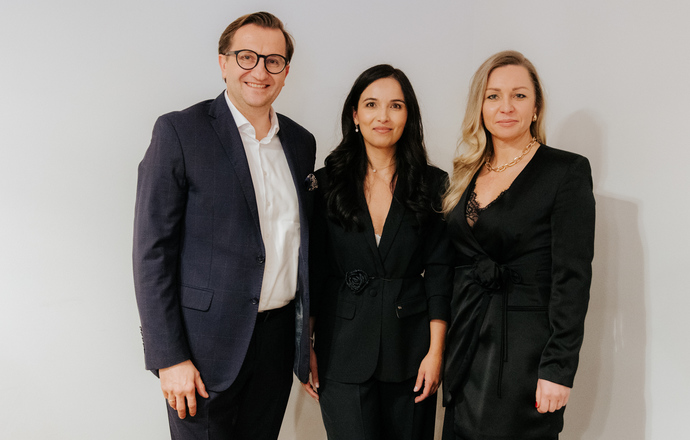
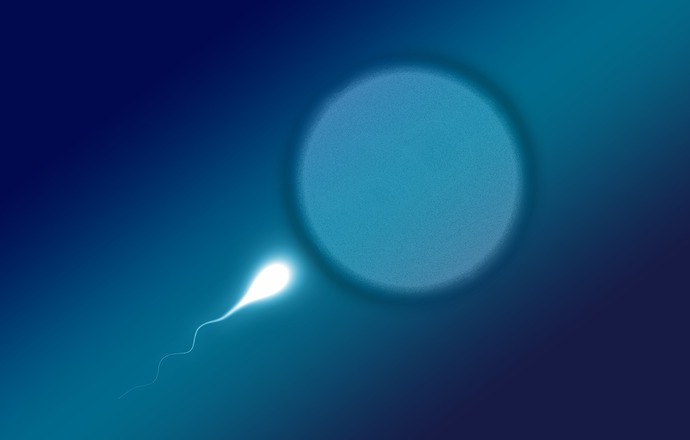

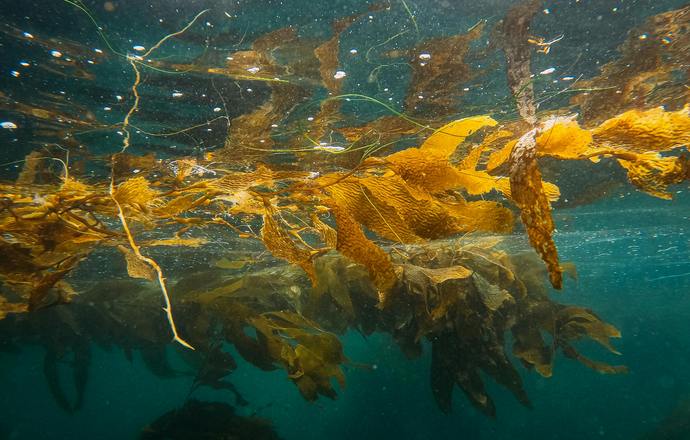

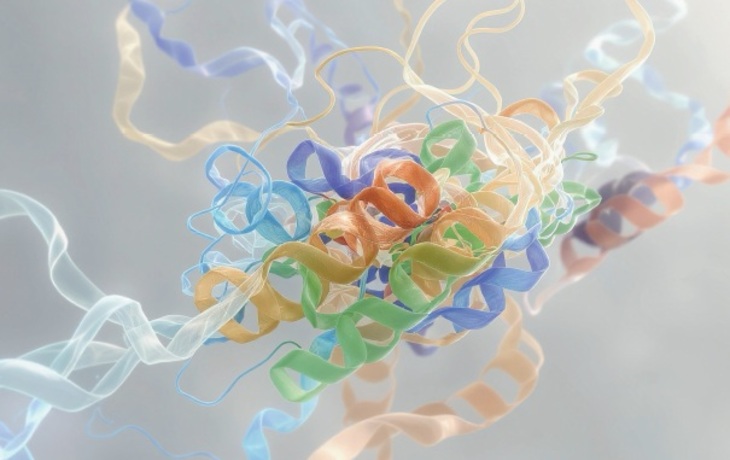

















KOMENTARZE